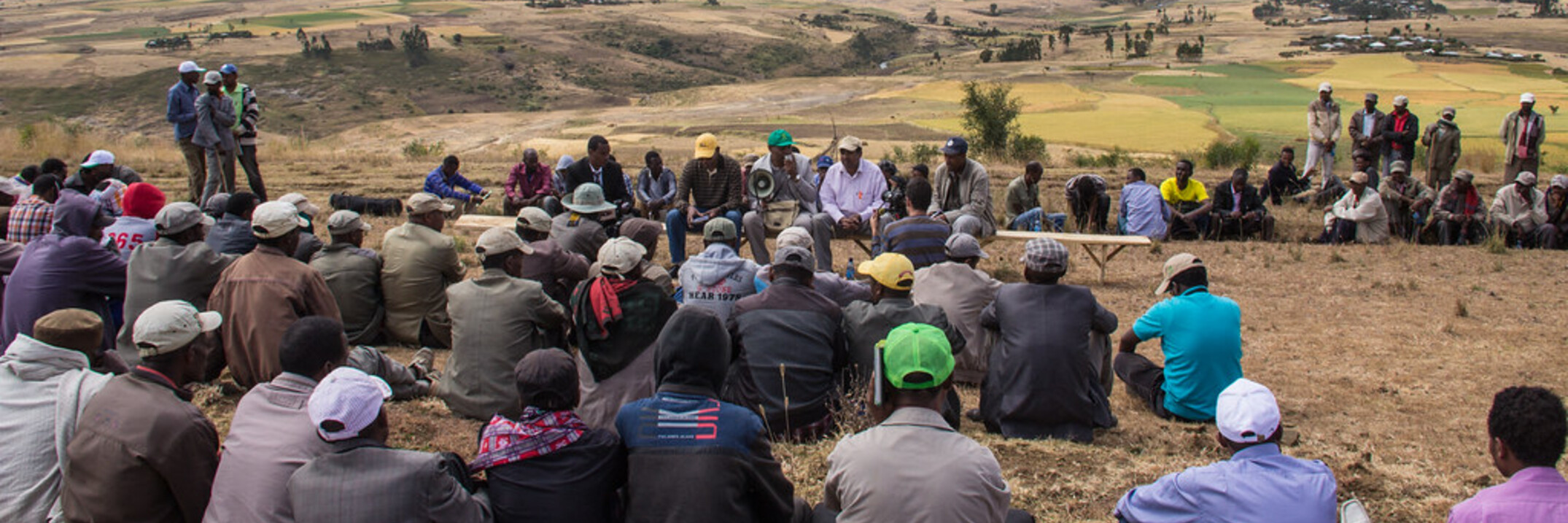Groundwater is one of the most vital natural resources worldwide. However, shallow aquifers are prone to contamination, posing significant risks to human health, livestock, agricultural productivity, and economic growth. Identifying appropriate land...


